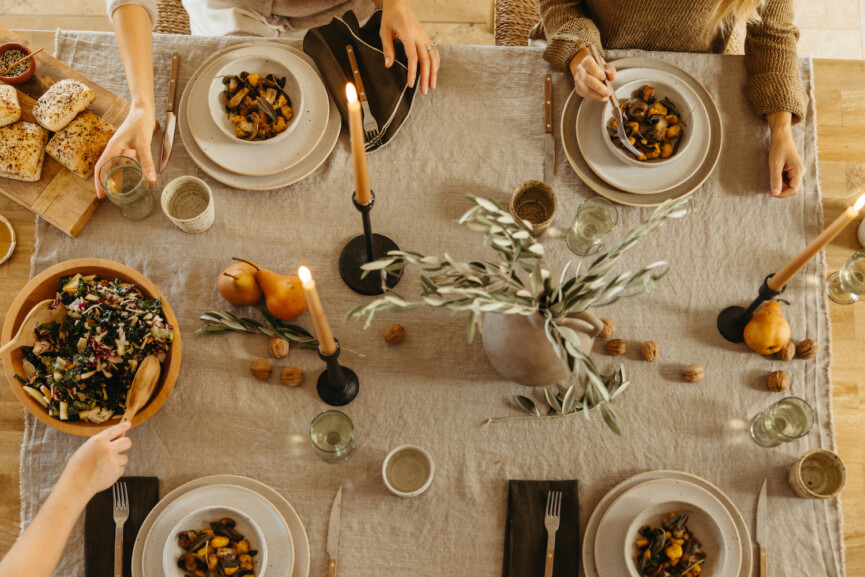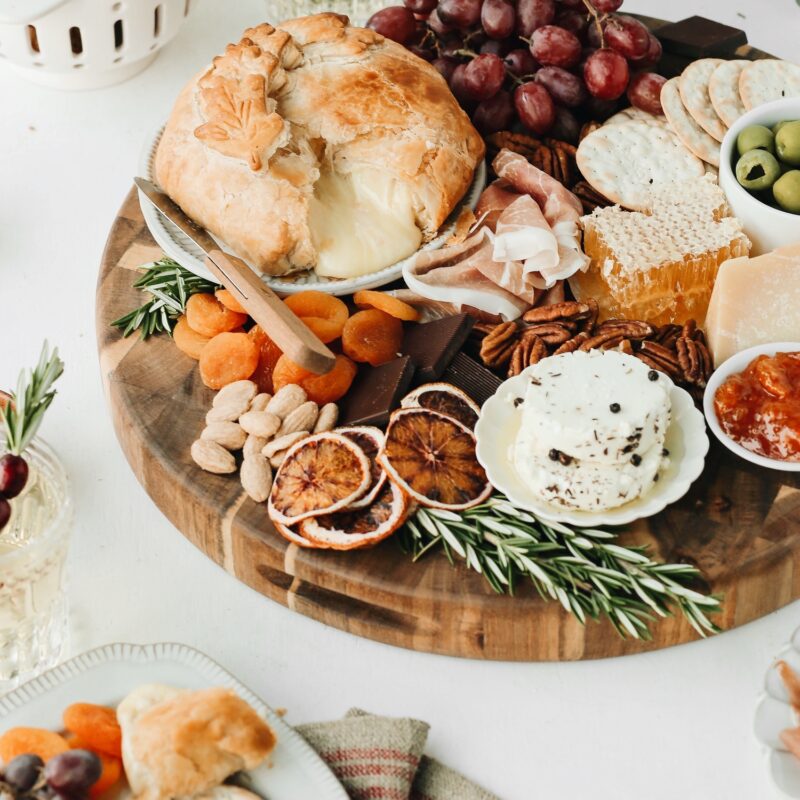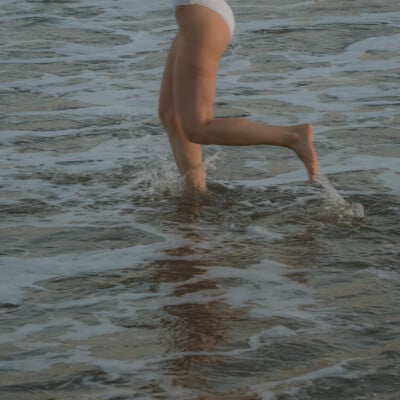A few years ago, nutritionist Mia Rigden shared her expertise on the topic of food freedom. As I read, I’ll admit I was skeptical—not of what she was sharing, but if I could ever release my own relenting food guilt. How could I truly feel free in a world filled with conflicting food rules, societal pressure, and the constant tug-of-war between what I want to eat and what I think I should eat? But as I read Mia’s words, something clicked. Food freedom wasn’t about eating whatever I wanted without a second thought—it was about reframing my relationship with food entirely.
Mia defines food freedom as feeling confident and empowered in your food choices, loving what you eat, and ditching the guilt or stress around your plate. It’s about feeling vibrant, energetic, and in tune with your body, and creating healthy habits that fit your life and bring you joy. As someone who has struggled with negative thought patterns around food for years, this perspective struck a chord.


How to Break Free From Food Guilt, Once and for All
For so long, I thought I was stuck in a cycle of shame and restriction. But Mia’s words offered a new way forward: by building habits I genuinely enjoy and understanding what nourishes my body, I could start to trust myself around food. That shift—from control to empowerment—felt life-changing. Inspired, I dove deeper, speaking with Lisa Hayim, a registered dietitian and mindful eating expert. Ahead, Lisa shares tips for simple, actionable ways we can all define our relationship with food—and finally feel free.
That shift—from control to empowerment—felt life-changing.

What is food freedom?
Food freedom is the ability to be flexible with your food choices and use your values to help you determine what truly matters to you. When we achieve food freedom, we feel a tremendous amount of power. It’s surprising to those that finally move away from their “controls” like dieting or counting calories/macros to learn that the true power and control they were after comes from giving up control.
I know it sounds backward and hard to believe, but when we take the pressure we put on our external bodies off and begin to trust the internal process at work, we recognize that no food is “bad” and that eating food that isn’t “nutritionally perfect” does not have the power to derail us or truly affect our bodies—so long as we stay present with the process and notice our internal responses.
How to Shift Your Mindset Around Food
Start to notice your thoughts around food. Many of us have food fears or concrete thoughts about what/when/how much we should eat ingrained into us. Once we start to pick them apart (one at a time!) and challenge them, we can start to build our inner wisdom. That’s a modern mindful eating term used to describe the knowledge you start to gather about your unique body.
Tips to Help You Release Food Guilt Over the Holidays
I have some tips on what you can do to not get overly full or to not waste your energy on overthinking about food, allowing you to be more present for your loved ones.
Find Your Safe Spot
As soon as you arrive at any venue, find a place where you feel comfortable. Mine is usually a bathroom since it’s quiet. I usually go there first and catch my breath and check in with myself. Throughout the meal, I may need to retreat there, I may not. Many people can check in with themselves without leaving the table. I find the holidays to be harder—the laughter is loud, and the pour is heavy. In some instances, there could be some family triggers—all of which could throw you off. Therefore, I need a place to check in with myself, maybe give myself a pep talk, and evaluate where I’m at.
Prepare
Try not to walk into any event without having eaten within the past three hours. This does not mean you should eat entirely before and feel awkward while you’re there. At parties, we forfeit control—we don’t decide what is served when it’s served, or how it is served. All we can do is prepare the best we can. Don’t lose your cool over those salty-sweet brie and jelly sandwiches. Stay calm, don’t go in starving, and continue to ask yourself what you want and how much you want. And above all, enjoy yourself—you’re there to have fun, after all!
Decide What You Love
Buffets and big dinner parties make it hard to choose what to eat. Instead, commit to one thing you really want and stay focused on it. Love sweet potatoes? Great! Get them and be excited about eating them. Try not to reach for something you’re kind of “eh” about. Take a look around, decide what you really love—what’s calling your name—and skip the stuff that doesn’t excite you. Pro tip: don’t make these decisions before you get there. Let your body—and intuition—lead the way.
Don’t Forget to Enjoy Yourself
Feel like you need to check out and can’t tune in with your hunger/desires? That’s where “outer wisdom” comes in. No one wants to have a painfully full feeling in their stomach without having even enjoyed the meal. Eat, have fun, be merry—after all, it is what the holidays are all about.
Disclaimer: The views and opinions expressed in this article are those of the author/s and do not necessarily reflect the official policy or position of Camille Styles. Any content provided by our authors is of their opinion and is not intended to malign any religion, ethnic group, club, organization, company, individual, or anyone or anything.





